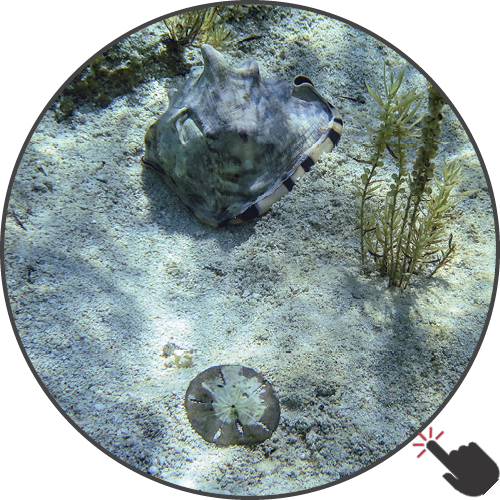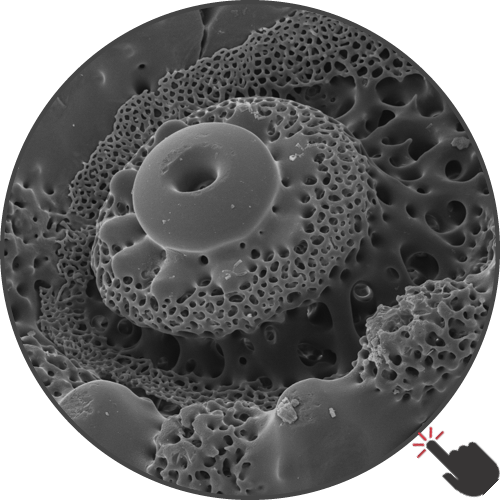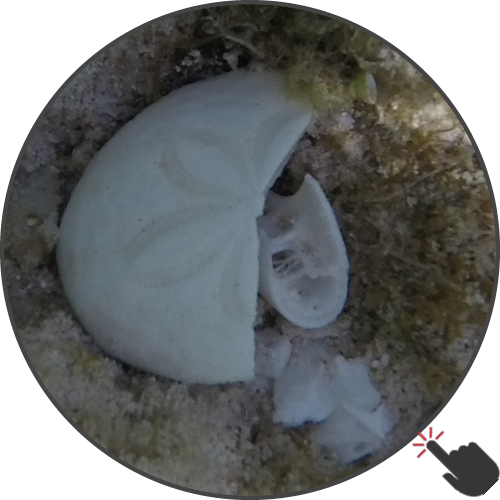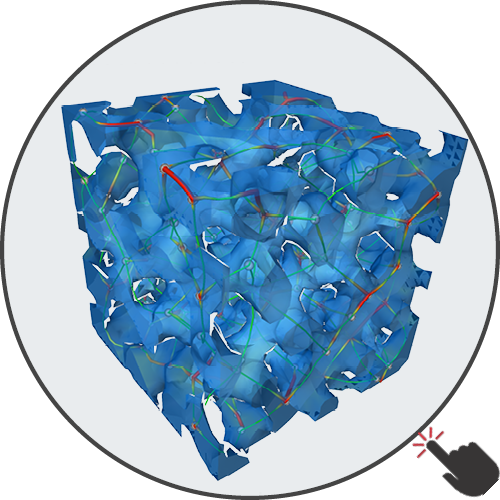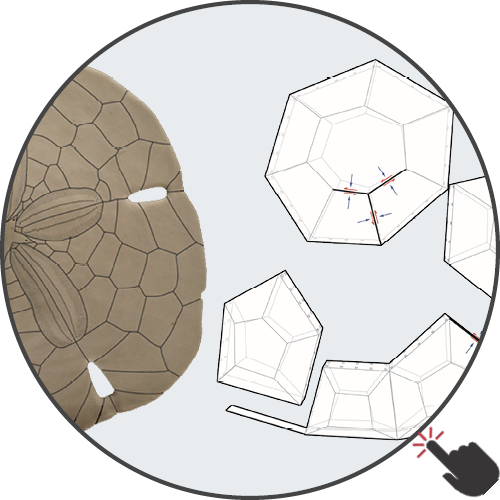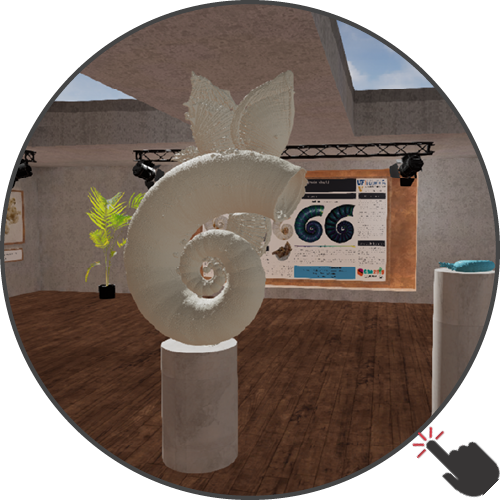Functional morphology
Functional adaptations of marine invertebrates are analyzed, especially with the focus on anti-predator stratergies that allow the organism to survive in its ecosystem. Research focus is also on structural elements that promote the transition of echinoid remains into the fossil sedimentary record.
Structural integration of morphological structures is analyzed using computational techniques including scanning electron microscopy and x-ray micro-computed tomography. Resulting 3d models of the invertebrate's skeleton are the basis for advanced technical investigations such as structural mechanical analyses.
Visualization of 3d data is used to explorer the integration and interconnection of multi-functional structures and their multi-structural functions.
Functional morphology of echinoids
Comparative analyses of morphological structures along echinoids are conducted to understand their functions. Interpretations in context of biotic and abiotic factors indicate morphological adaptations due to these factors. The comparison of morphological adaptations are examined through geological times and correlated to the appearence of selective agents such as predators, as well as major events in earth history.
Horizontal section of a high-resolution micro-computed tomography scan of an Echinocyamus pusillus test. Skeletal density is color coded, red = high density, green = low density. Structural important morphological features are indicated.
Computational simulations on structural mechanics are used obtaining a deep understanding of morphological structures and their implications for the stability of the echinoid's shell.
Analytical pathway from a biological structure to its interpretation using finite-element analysis.
Structural analyses are based on large data sets which require advanced computational resources. Calculations and visualizations are part of computational analytics.
